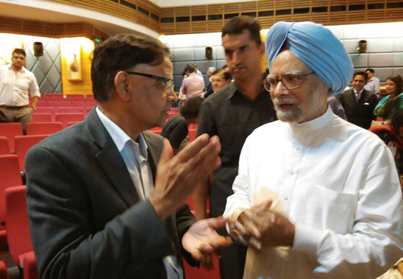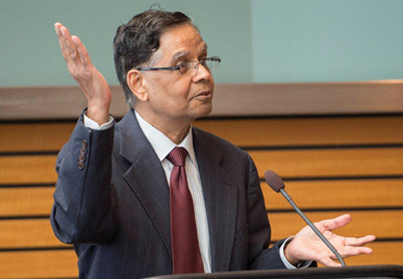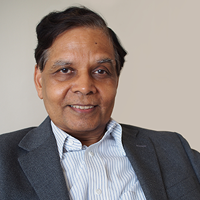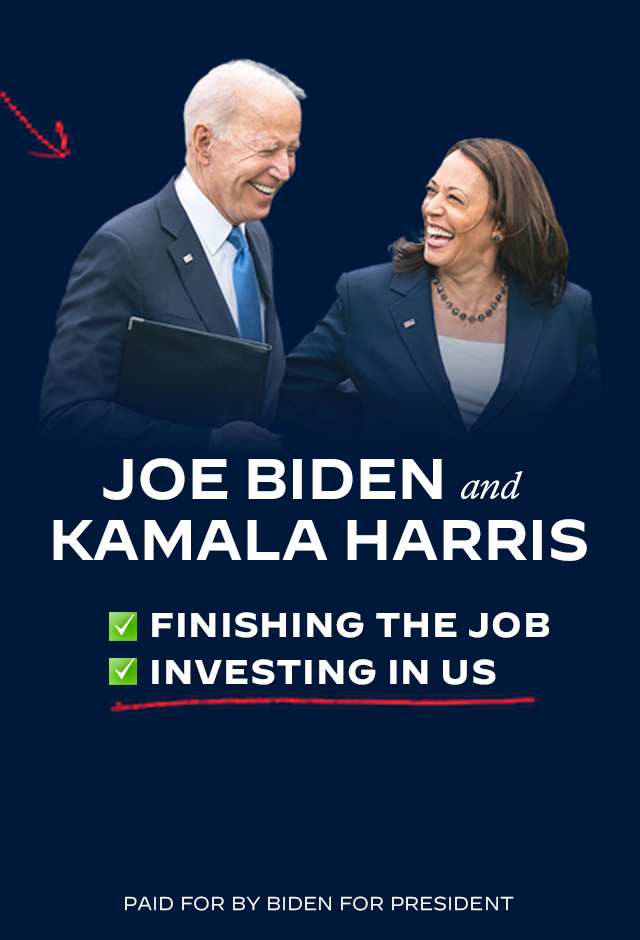Interview with Dr. Arvind Panagariya
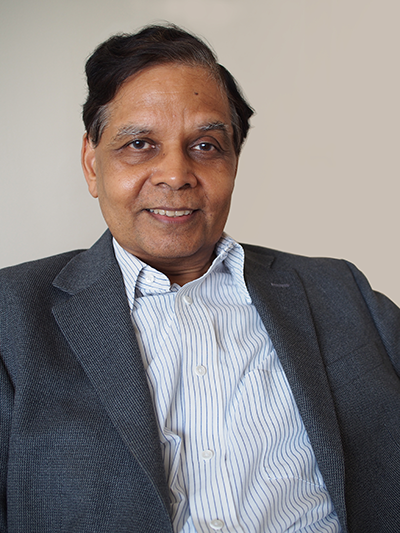
Recently, Desh-Videsh had the opportunity to interview Dr. Arvind Panagariya. Learn more about the internationally famed economist below.
As I understand, PM Modi ji hand-picked you as a Vice Chairman of NITI Aayog. Can you share with our readers how that came about?
My acquaintance with PM Modi began in 2012 around the time of the Gujarat state assembly elections. It was widely believed that if successful in that election, he would challenge the UPA in the 2014 parliamentary elections. As a result, a debate had broken out in the national press on his performance in Gujarat. By coincidence I had been doing a study of Gujarat, Andhra Pradesh and Bihar at the time and it was quite clear to me from the data that Gujarat had performed very well under Mr. Modi. I wrote about it in the media beginning with an article titled “The Gujarat Miracle.” Those writings attracted the attention of then Chief Minister Modi. Thanks to a friend who had been working with him, I got to meet him on a visit to India in November 2012. Then, in 2014, when the CM had become the de facto PM candidate of the BJP, I had a chance to discuss with him various aspects of the economy in detail. Those interactions eventually led PM Modi to bring me to Delhi 40 years after I had first left for the United States.
Under your guidance, Prime Minister Modi’s government and India did very well on the economy front. I understand the opportunity at Columbia University is huge, but not in comparison to guiding India’s economy. Why did you resign?
Any credit for the good performance of the economy must go to the PM. Everything any of us did was under his guidance. It was without doubt the greatest opportunity of my life, something I had not even contemplated any time in my life. You are absolutely right the opportunity is far bigger than that at Columbia. Yet, life’s decisions depend on more than one factor. If I were to serve for the full term at the NITI Aayog, which would have lasted till May 2019, I would have had to resign my position at Columbia. Major universities in the United States would never give their faculty members continuous leave for four years. In February 1973, Henry Kissinger had to famously resign his faculty position at Harvard because a faculty rule limited leave to two years. Staying in Delhi would have translated into unemployment for me in May 2019. With family responsibilities, that was not an option.
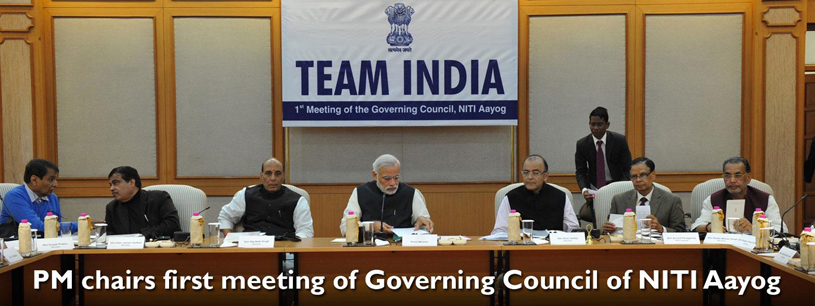
There is a lot of discussion about Indian becoming a US ally versus staying a non-aligned nation. What is your advice to the Modi Government?
My broad belief is that as two of the world’s most vibrant democracies in the world and highly diverse societies, India and the United States have a lot in common. I am also very pleased that the relationship between the two countries has continued to flourish during the last two decades despite changing political leaderships in both countries. Economically, there is every reason for the two countries to strengthen their engagement. I even hope that in a decade, perhaps even sooner, they would forge a free trade agreement between them. But the question of whether or not India ought to forge a formal political alliance with the United States is beyond my area of expertise. That is a question for a foreign policy expert.
India now ranks 63 among 190 countries in the World Bank’s ease-of-doing-business ranking and is within touching distance of a place in the top 50 best places to do business. In the past, you mentioned that India is a lot more attractive place for business than what the World Bank’s recent ranking suggests. In your opinion, a) is the Word Bank getting pressure from other countries?; and b) What else should India do to earn a spot on the 50 list?
AP: My answer to “part a” is a straightforward no. The statement you mention was based on the fact that there are many factors that influence investor decisions and the World Bank criteria for ease of doing business rankings do not include some key ones among them. Regarding “part b,” some important areas in which we need to make progress are cross-border trade, enforcement of contracts and registration of property.
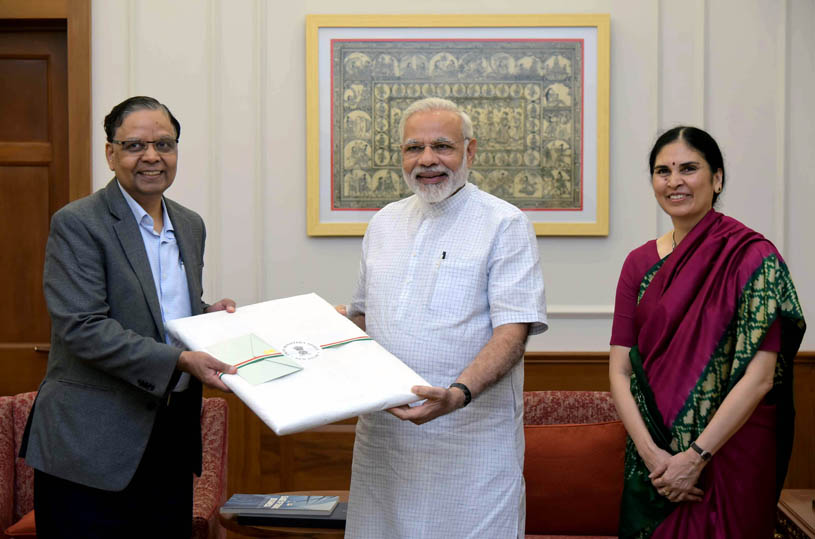
I just did a detailed review of the book Our Time Has Come by Alyssa Ayres. She is very bullish on India and writes, “India is now on track to become the world’s third-largest economy at market exchange rates over the next fifteen years.” Please let our readers know how you feel about Ayres’ writings, and in particular, about this book?
Alyssa Ayres is a leading scholar of India’s foreign policy and a great friend of India. Her book offers a very balanced account of where India stands and what to expect in the next one to two decades. I concur with her that India will be the third largest economy in the near future; in fact, my view is that this will happen sooner than one and a half decades from the date of her book!
The anti-Modi camp and Indian left wing media always speak negatively about the demonetization implemented by Modi’s government. In 2017, you said, “Those who have been critical of demonetisation don’t understand what a gigantic task it was to remonetise the economy.” Please explain to the audience how you believe demonetization helped the Indian economy?
Critics’ view is mainly based on the contention that demonetization had a massive negative impact on the Indian economy. But they have failed to produce any evidence to support this claim. Demonetization was announced on November 8, 2016. But the growth rate during fiscal year 2016-17, which ended on March 31, 2017, was an impressive 8.3%. If demonetization was going to have a large negative impact, it had to first show up in the collapse of transactions. That collapse would have manifested in a collapse of prices. But price series show no discontinuity after November 8, 2016. The inflation rate hardly budged. Even a critic like economist Gita Gopinath, currently Chief Economist of the International Monetary Fund, has reached the conclusion that the effect dissipated by the end of 2016-17. So the messiahs of doom have been clearly proven wrong. Now as regards positive effect, surely the measure has played an important role in curbing black wealth. A lot of black wealth was sitting in real estate. That wealth has seen a sharp decline due to the fall in real estate prices triggered by demonetization. Unlike prior to demonetization, you can no longer pay half of the price of a house in cash to evade taxes. Demonetization has also given a major boost to digital transactions.
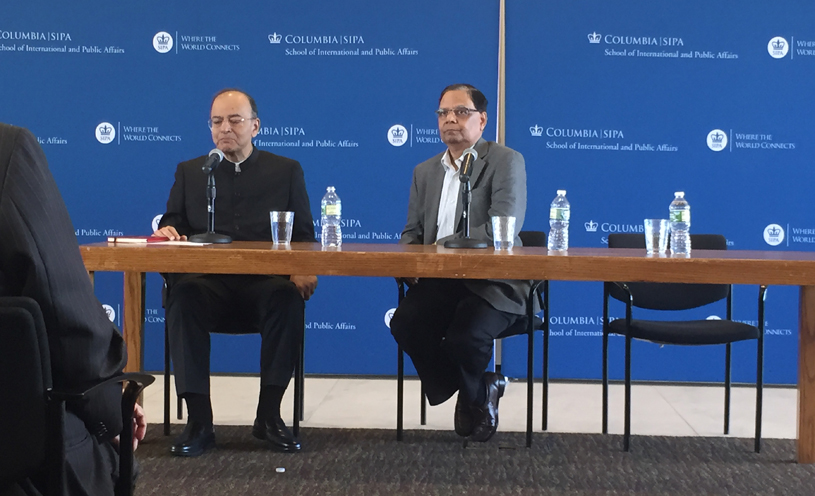
COVID-19 has created a worldwide crisis in the global economy. Most countries want to decrease dependence on China. In light of this, how can India accelerate global opportunities?
I argue in India Unlimited that rapidly rising wages in China and the recent China-US trade war offer India an unusual opportunity to bring many of the multinationals from China to Indian shores. Covid-19 has greatly magnified this opportunity. We need to reform our labor and land laws and put the financial sector back on its feet. In the book, I also recommend that India create its own Shenzhen like zones, which I call Autonomous Employment Zones (AEZs). Each of these zones would cover 300 square kilometers in area and have full autonomy of policy, as in Shenzhen, China. Since the reform of labor and land laws has been a challenge, we can experiment with flexible land and labor laws in these geographically limited zones. We could begin with half dozen such zones with a few located near the coast. Multinationals locating in the latter would be able to bring inputs from abroad, process them and re-export without bring hamstrung by slow transport infrastructure in the hinterland.
The introduction of India Unlimited mentions land reforms in India. How is this important in India’s future? Please expand on the concept.
A serious problem medium and large firms including multinationals face in India is the availability of land at reasonable prices. We have created artificial shortage of land thereby making it extremely expensive. Our public sector enterprises have hundreds of hectares of unused land. Ministries such as defense, railways and shipping have a lot of unused land. Educational institutions also sit on vast amounts of unused land. Our cities prohibit tall buildings thereby restricting the expansion of land supply vertically. States do not allow agricultural land to be converted for non-agricultural use. All these factors need to be addressed to increase the supply of land and bring land prices down.
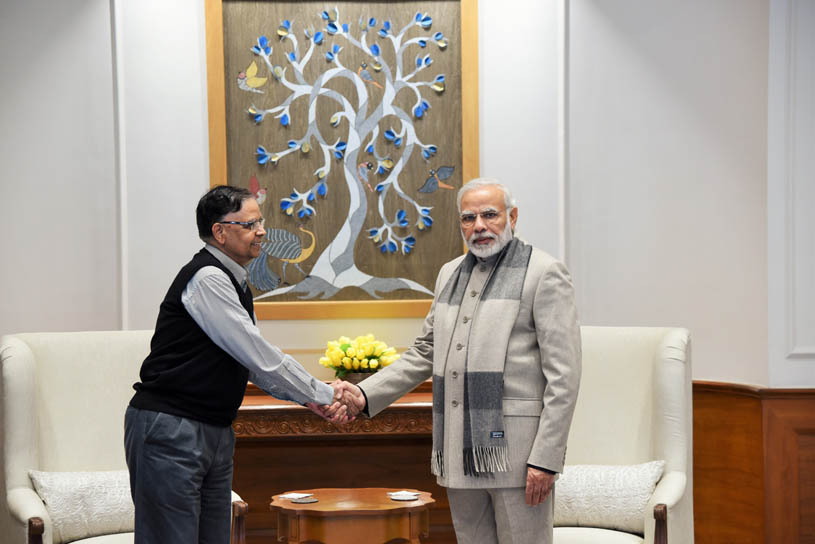
In your book, you discuss the “Make in India” initiative. You mention that Indian businesses should concentrate on industries such as cloth, shoes, furniture or other light manufactures rather than steel, automobiles, petroleum refining, pharmaceuticals and defense. How do you educate Indian businesses to shift their focus, and what steps should the government take?
In India, 70 million or nearly half of all land holdings in agriculture are smaller than half hectare. The average size of these holdings is less than a quarter hectare. Families dependent on these tiny holdings cannot earn even Rs. 30 per day per family member. They need jobs in industry and services to escape poverty. How do we create these jobs? This is where industries such as clothing, footwear, furniture and other light manufactures come into play. In these industries, we can create decent jobs for workers who have limited or no skills for limited capital investment. Per job capital requirement in sectors such as steel, automobiles, and petroleum refining is much larger. Moreover, employment in these sectors requires a lot more skill than our farmers needing the jobs have.
In one of your previous articles, you said, “Modi Government’s Track Record is Splendid, NDA Cleaned Up UPA’s Mess.” What does this refer to and what do you mean by it?
When UPA-2 left, inflation, the current-account deficit, and fiscal deficit were high. There was near paralysis by the central government. Nearly all of the major infrastructure projects were stuck on account of lack of environmental clearances. Growth rate had also fallen to below 6% during the last two years of UPA-2. In its first year, NDA resolved all these problems, brought inflation, the current-account deficit, and fiscal deficit down and restored growth.
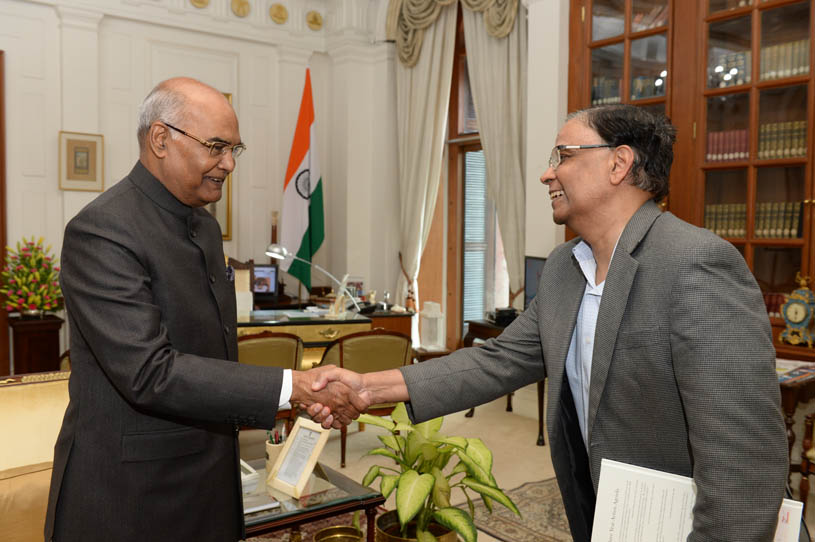
How much credit would you give to Former Prime minister Manmohan Singh for growth in the Indian economy?
Dr. Singh’s greatest contributions were as the Finance Minister during 1991-96. As Prime Minister he had far less success in promoting economic reforms. UPA-2, in particular, ended up returning the dirigisme of the 1970s back to the economy.
In one of your interviews, you mention “Civil services in India pick up many among these youngsters (taught by Left-leaning faculties) at an early age. Once inside the government, they find themselves safely in the company of others like them for the remainder of their professional lives.” Do you think IAS officers are part of the problem in government bureaucracy? Are they given more importance than deserved?
I discuss the issue in detail in India Unlimited. First and foremost, let me say that as I note in the book there are many IAS officers who do splendid work and have been strong allies of reform-minded governments of Prime Ministers Narasimha Rao, A. B. Vajpayee and Narendra Modi. Without that, these governments could not have succeeded in implementing the reforms they implemented. The problem with IAS officers is that taken as a whole it is resistant to change and likes to maintain the status quo. That greatly slows down the reform process. Many officers are outright hostile to change, especially when it comes to replacing the government by market. This is a key reason why privatization has not taken off under PM Modi even though his cabinet had given a go ahead to numerous public sector enterprises as early as 2016. There is also the problem that many officers simply do not have the expertise that is required to understand today’s complex economic problems. This had a huge impact, for example, on how we dealt with the problem of non-performing assets (NPAs) of the banks. The problem was there to see for those who understood as early as 2013. But bureaucrats in the Department of Financial Services showed no understanding of it till 2017. The result was that the cleanup of NPAs began only in mid-2017 when credit growth by public sector banks had completely collapsed. India has paid a huge price for that delay in NPA cleanup. Much of the decline in the growth rate during 2019-20 prior to Covid-19 is attributable to this single factor.
